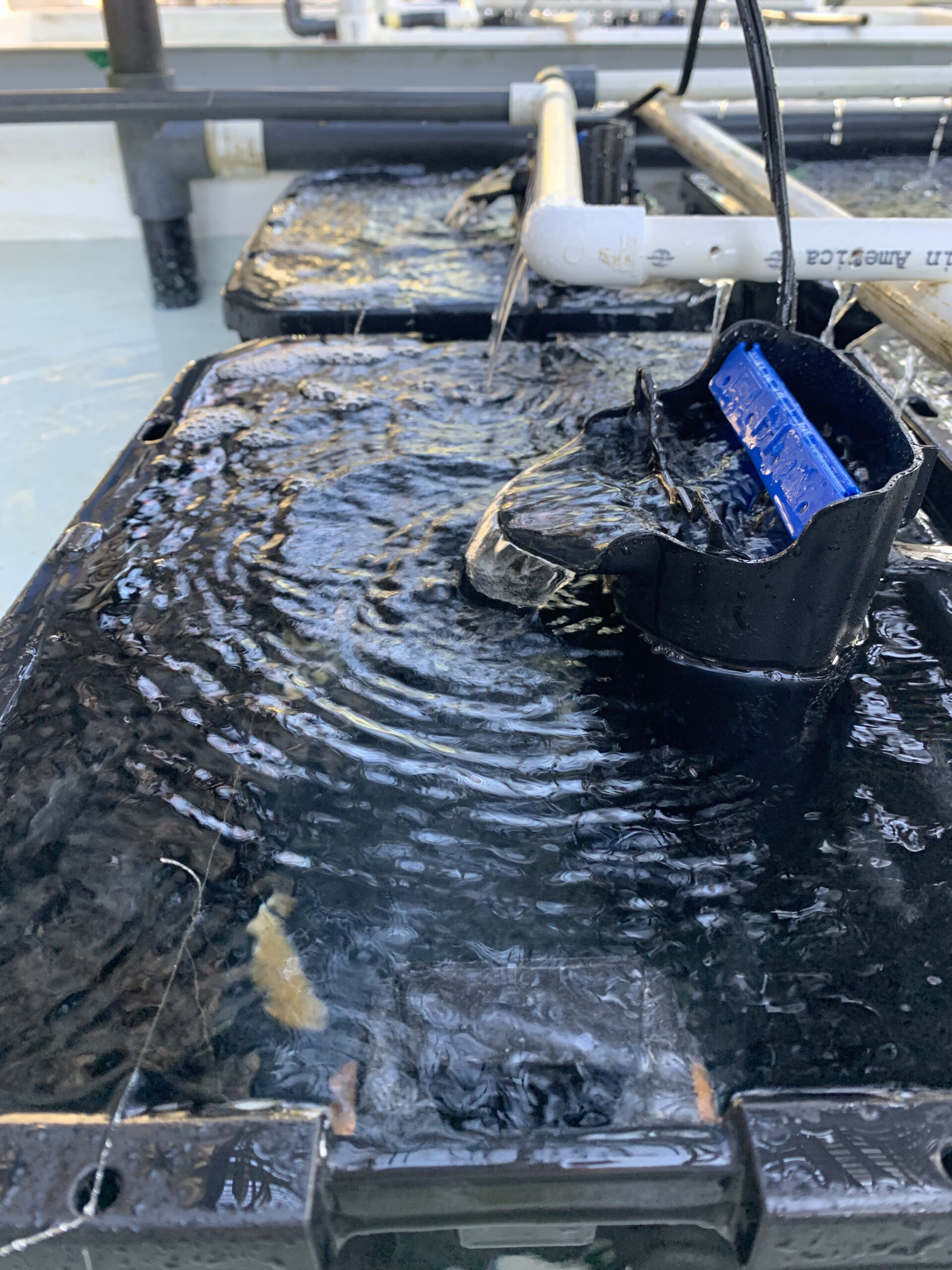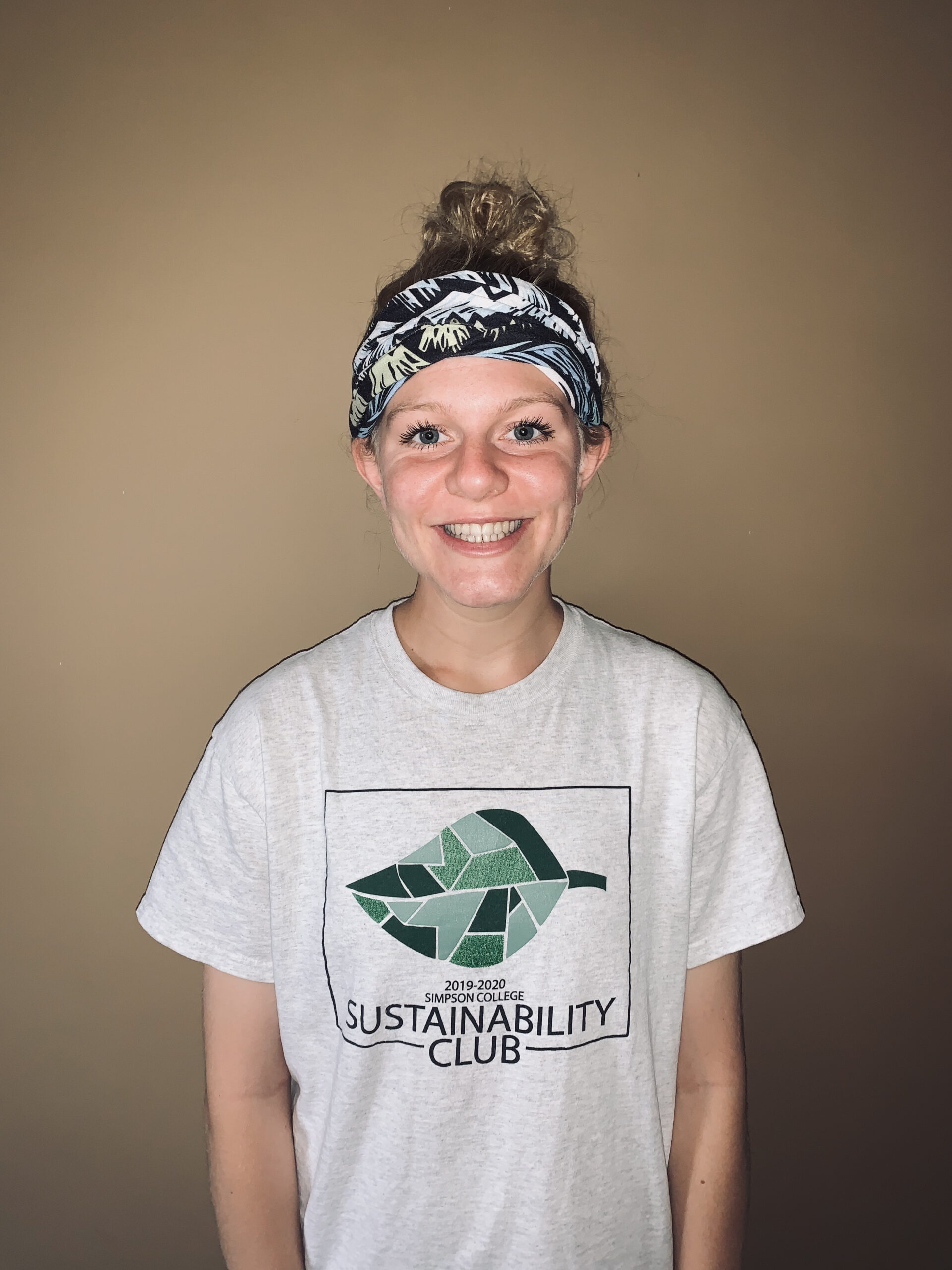



Warming waters, diseases, and sedimentation are some stressors that threaten the health of coral reefs. To help preserve these important ecosystems, a researcher from Kansas State University visited the University of Guam and studied a stressor that has not been well-explored — the effects of nutrient pollution on corals found in Guam waters.
Nutrient pollution is caused by excess nitrogen and phosphorous in the air and water and can damage the environment, cause health problems, and take a heavy toll on the economy.
Molly Fisher, a graduate student from Kansas State University, arrived on Guam on March 14 as part of the first academic cross-collaboration between Kansas NSF EPSCoR and Guam NSF EPSCoR.
She came along with her advisor, Walter Dodds, a distinguished professor from KSU. Dodds’ research areas of specialization focus on water quality and nutrient cycling. He departed Guam on March 18.
Dodds and Fisher collected small samples of staghorn coral (Acropora pulchra), one of Guam’s dominant reef-builders, from West Agana and the Luminao Reef in Santa Rita.
The sites were chosen due to their different levels of human activity. Substances such as fertilizer, stormwater runoff, and sewage treatment plant discharge can cause nutrient pollution.
“Luminao is our pristine site while West Agana has roads and a sewage treatment plant that may contribute to increased levels of nitrogen in the water,” said Dodds. “We add nitrogen and phosphorous to get our plants to grow. If you add too much fertilizer, the system gets too productive for its own good. In the case of corals, that means that algae can grow over the surface of the coral and cause them to stress and die.”
Fisher said that the coral samples were exposed to varying levels of ammonium and will monitor how the corals respond over time. Ammonium is one form of nitrogen that can be present in marine ecosystems.
“Anthropogenic nutrient loading is a stressor to corals that isn’t heavily studied,” said Fisher. “Our work is pretty novel, and we hope that we can figure out how they respond to nutrient loading in an attempt to hopefully lessen the impacts on corals.”
Dodds said that the faculty and staff at the University of Guam Marine Laboratory have been integral to the execution of the project.
“We’re grateful for the faculty here at the University of Guam. They’ve been extraordinarily helpful and have gone out of their way to make us feel welcomed and find the materials that we need to do this work,” said Dodds. “Everyone has been super helpful and told us that if we need anything at all, that we can talk to them. It’s been an incredibly pleasant experience so far.”
Fisher concluded the experiment and departed Guam on April 10.


